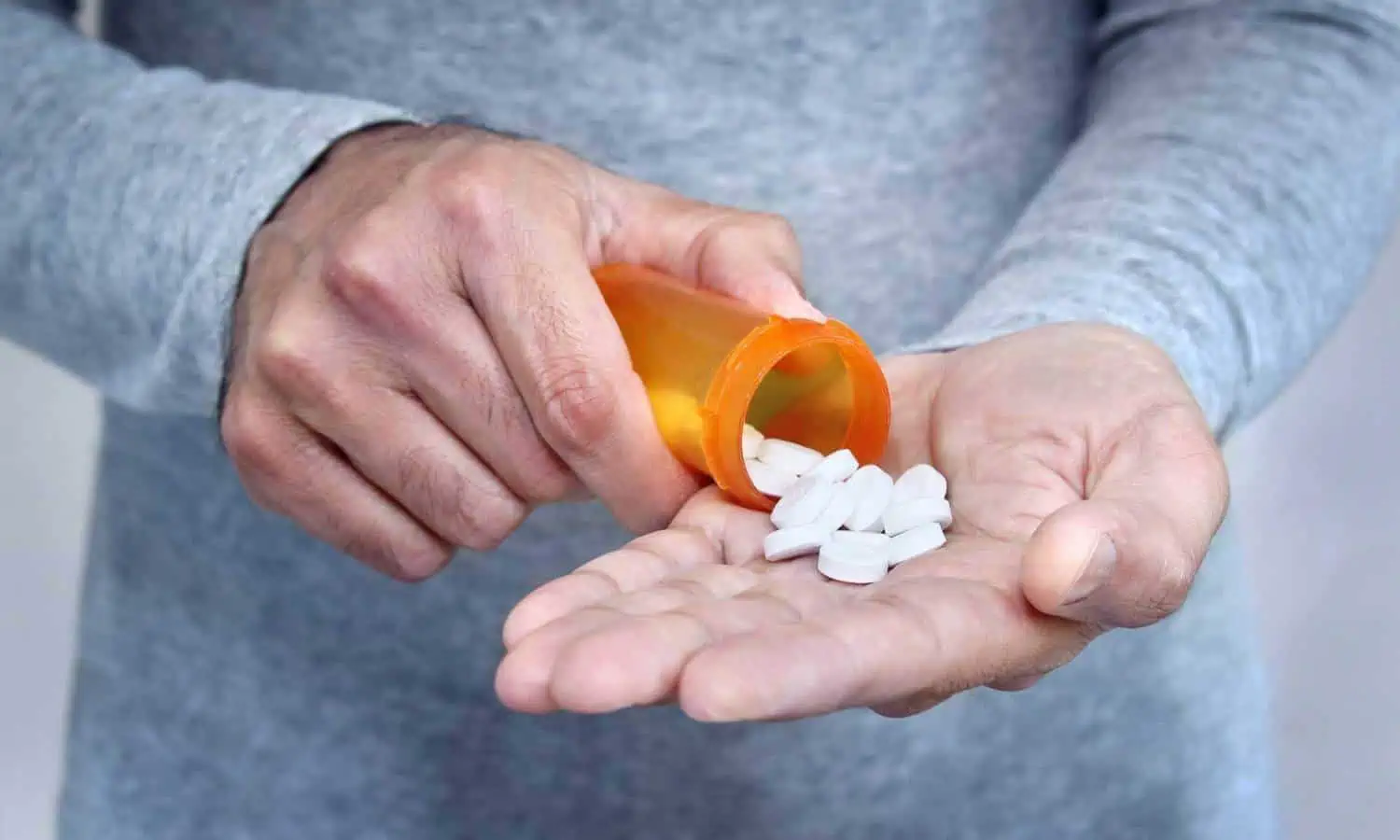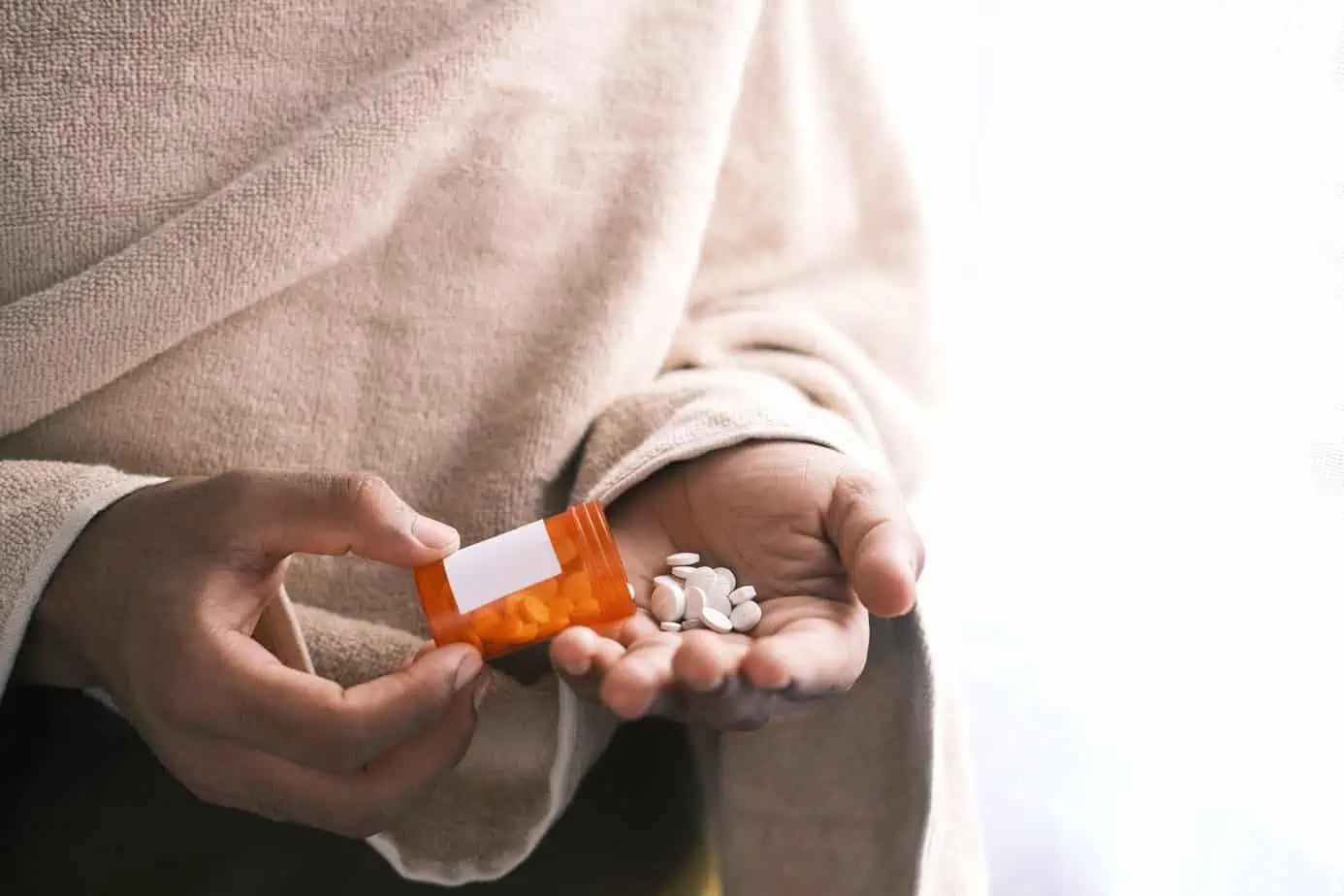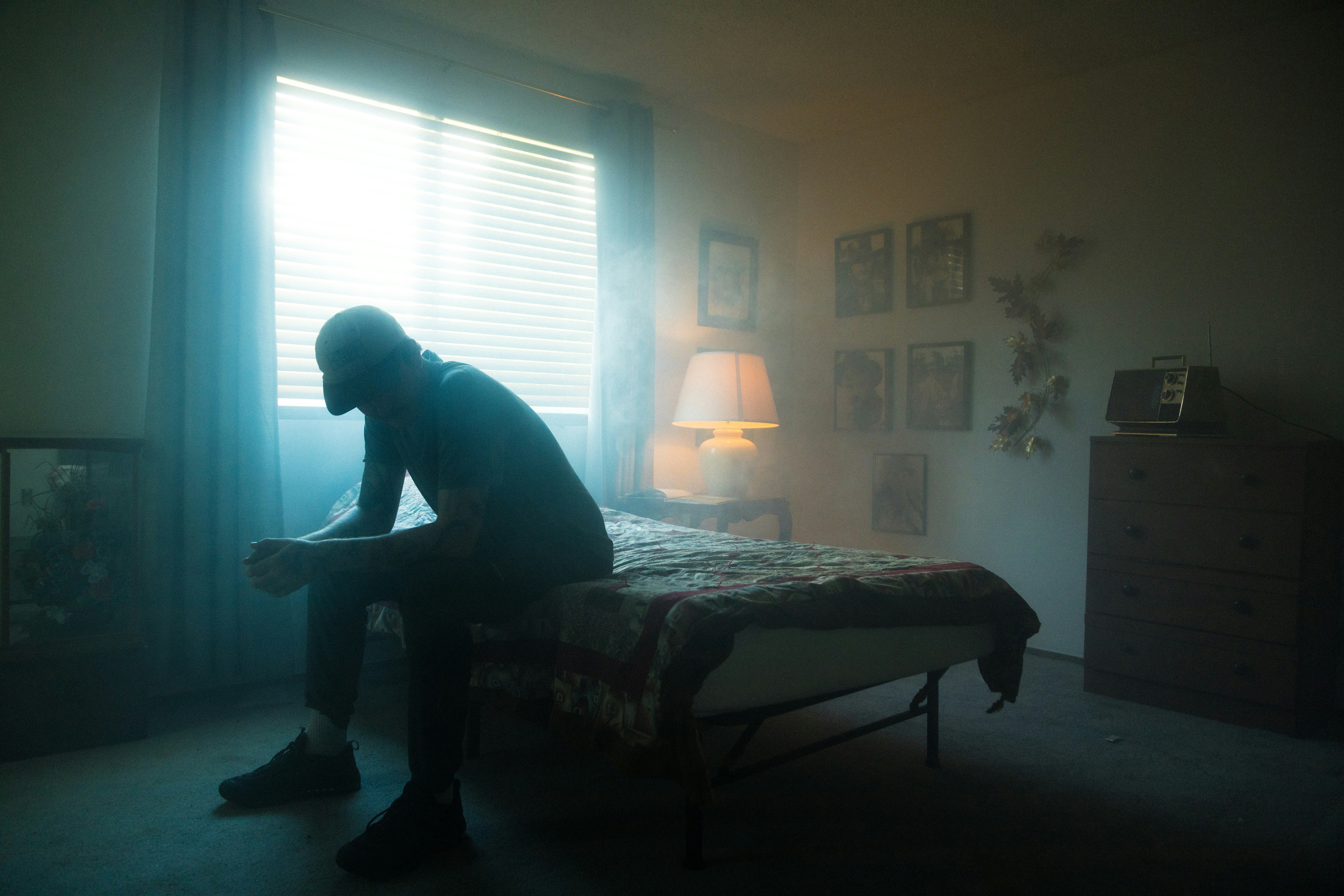Secret addiction affects millions of Americans, with only a small percentage receiving necessary help due to shame and fear of exposure. Innovative solutions, such as outpatient programs and telemedicine, are emerging to provide flexible and discreet pathways to recovery. Overcoming shame and building trust are crucial steps in healing, and future trends such as psychedelic-assisted therapy and AI-personalized care offer further hope for those seeking help.
The weight of a secret can be crushing. When that secret is addiction, the burden becomes almost unbearable. The silent epidemic of secret addiction affects millions, weaving its way through homes, workplaces, and communities, all while hidden behind carefully constructed facades of normalcy. You might appear successful, responsible, even happy, but beneath the surface, a battle rages. Current data reveal that a staggering 48.5 million Americans aged 12 or older grapple with a substance use disorder (SUD) every year. Yet, shockingly, only about 10 percent received the help they desperately needed. This treatment gap is even wider for those with hidden addiction, where shame and fear of exposure prevent individuals from seeking help. The emotional toll of secret addiction manifests as isolation, deteriorating mental health, and fractured relationships, while the psychological burden of secret addiction intensifies cycles of guilt and avoidance.
Read on to learn about the reasons behind the secrecy, the devastating impact it can have, and, most importantly, how to find help, even when you feel like you can’t disrupt your life. For those balancing coping with a secret addiction alongside familial or professional obligations, innovative solutions like Mountainside’s Outpatient Withdrawal Management (OWM) offer discreet, flexible pathways to recovery without requiring life disruption.
The Hidden Crisis: Statistics and Scope
The reality of living with hidden substance abuse is more widespread than many realize. Alcohol use disorder (AUD) impacts a staggering 28.9 million individuals, while drug use disorders (DUDs) affect 27.2 million. Even more concerning is the fact that 7.5 million people simultaneously battle both alcohol and drug disorders, further complicating treatment efforts. These struggles don’t discriminate. While demographic disparities exist, secret addiction can affect anyone, regardless of background.
The consequences of unaddressed secret addiction are devastating. Substance misuse contributes to approximately 88,000 alcohol-related deaths annually and remains the fifth-leading cause of preventable death in the U.S. Despite these high stakes, reasons people hide addiction include fear of legal repercussions, job loss, overwhelming stigma, and crippling addiction shame.
Why Secrecy Persists: Psychological and Social Drivers
Clandestine addiction thrives in environments where vulnerability is penalized. Understanding the motivations behind the secrecy is crucial to breaking the cycle. Some key motivators include
- Shame and self-stigma: Internalized beliefs of moral failure, particularly prevalent among high-functioning professionals or caregivers who feel they should be able to control their use
- Fear of consequences: Concerns about losing child custody, damaging a career, or facing social rejection from family and friends
- Denial and self-deception: Minimizing the extent of substance use, even when escalating health or behavioral red flags are apparent
Dr. Gabor Maté’s research highlights that addiction struggle often originates in trauma, where substances become maladaptive coping mechanisms. This is especially evident in today’s remote work settings, where isolation has driven a 47 percent increase in substance use since 2023. Other workplace challenges with a secret addiction include employees taking advantage of “camera-off” policies during virtual meetings, consistently missing deadlines, and socially withdrawing from team interactions.
Impact of Addiction on Families and Relationships
Families dealing with hidden addiction face multifaceted crises. An estimated 21 million U.S. children live with at least one parent with an alcohol use disorder, increasing their risks of neglect, economic hardship, and even intergenerational substance misuse. Navigating relationships with secret addiction erodes trust through constant deception and financial strain from unexplained expenditures. The impact of keeping addiction private extends far beyond the individual struggling. Spouses often report experiencing betrayal trauma, while children may feel forced to assume parental roles to compensate for a caregiver’s impairment. Knowing the signs of a secret drug addiction can be the first step in helping a loved one:
- Unexplained absences or frequent, prolonged bathroom breaks
- Missing valuables or money from the home
- Sudden emotional volatility that seems unrelated to situational stressors
Treatment Innovations: Flexibility Without Compromise
Recognizing the barriers to traditional treatment, innovative solutions are emerging. For those who feel they cannot pause their careers or caregiving responsibilities, outpatient programs like Mountainside’s Outpatient Withdrawal Management (OWM) provide evidence-based support. This program emphasizes a supportive environment, as outlined below.
Customized Flexibility
Treatment schedules are designed to accommodate work or family commitments, thereby avoiding disruptions to inpatient care.
Real-Time Support
With 24/7 telehealth access to clinicians, those in the program have immediate support during times of cravings or withdrawal symptoms.
Sustainable Recovery
Integration of cognitive behavioral therapy (CBT), motivational interviewing, and mindfulness techniques helps address the underlying causes of secret addiction and develop coping mechanisms.
Telemedicine advancements are also democratizing access to care, with virtual medication-assisted treatment (MAT) retention rates matching or even exceeding those of in-person treatment. Furthermore, AI-driven tools analyze therapy sessions to personalize relapse prevention strategies, while wearables can monitor physiological triggers, such as heart rate variability. Help for undisclosed alcoholism and drug addiction is becoming more accessible and tailored than ever before.
Overcoming Shame and Building Trust
Therapy for secret addiction issues must directly address the crippling shame that fuels the secrecy. Trauma-informed modalities, such as psychodynamic therapy, help patients reframe addiction shame as a treatable condition rather than a personal failing. Building trust after a secret addiction is a crucial step in healing and involves
- Family therapy: Repairing relational ruptures through structured dialogue and accountability plans
- Peer communities: Digital support networks reduce isolation by providing anonymous connections and shared experiences
- Self-forgiveness practices: Guided exercises to dismantle internalized stigma and promote self-compassion
Overcoming the shame of addiction is pivotal to living a fulfilled life and long-term recovery.
Future Trends and Resources
Addiction treatment is constantly evolving, with emerging innovations promising to transform the process of finding recovery resources for a secret addiction:
- Psychedelic-assisted therapy: FDA trials are showing promising results, with psilocybin reducing AUD relapse rates by addressing underlying trauma
- AI-personalized care: Algorithms are being developed to predict relapse risks using behavioral data, enabling preemptive interventions
- Corporate partnerships: Employers are increasingly funding confidential telehealth SUD programs to reduce productivity loss and support employee wellbeing
The path to healing from secret addiction can also begin with accessible tools and resources, such as apps that track milestones and connect users to peer coaches for support and accountability.
Breaking free from secret addiction requires immense courage, but it is a journey that is absolutely possible with the proper support. Mountainside’s OWM exemplifies how maintaining a normal life with a secret addiction is achievable through adaptable and personalized care. Delaying treatment heightens the risk of irreversible organ damage, neurological decline, or even fatal overdose, which are outcomes that are preventable through early intervention.
If you or someone you know is struggling with alcohol or drugs, Mountainside can help. Whether it’s through traditional detoxification and residential treatment or our novel Outpatient Withdrawal Management Program, we have an individualized treatment plan tailored to your recovery goals. Contact an admissions specialist today to learn about all the available options.
If you or a loved one is struggling with addiction, Mountainside can help.
Click here or call (888) 833-4676 to speak with one of our addiction treatment experts.

 By
By 







